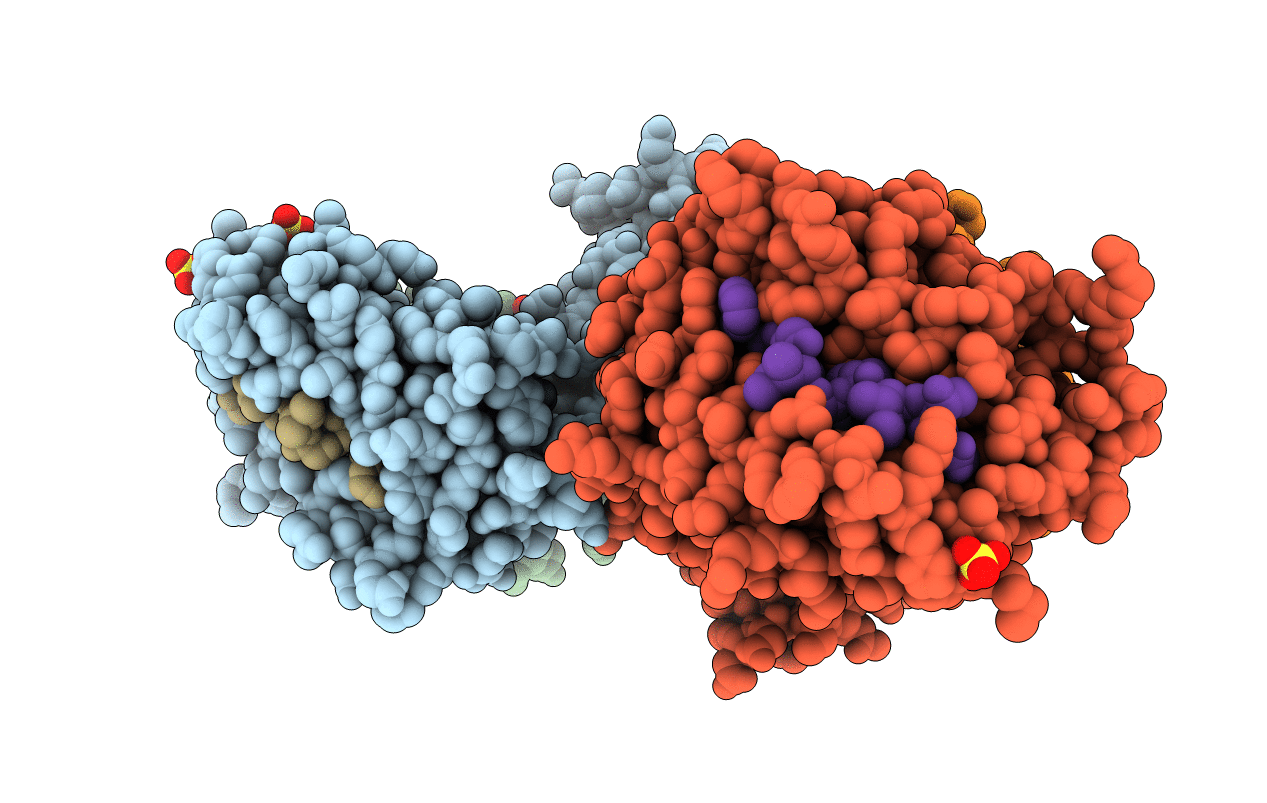
Deposition Date
2012-08-13
Release Date
2012-09-12
Last Version Date
2024-11-20
Entry Detail
Biological Source:
Source Organism:
Homo sapiens (Taxon ID: 9606)
Synthetic construct (Taxon ID: 32630)
Synthetic construct (Taxon ID: 32630)
Method Details:
Experimental Method:
Resolution:
2.75 Å
R-Value Free:
0.29
R-Value Work:
0.20
R-Value Observed:
0.21
Space Group:
C 1 2 1


